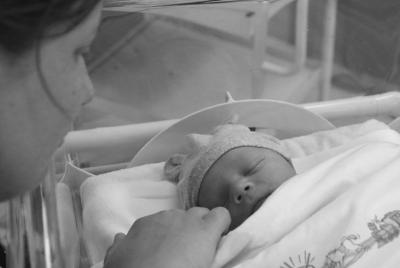Agenda
MSc BME thesis presentation
- Thursday, 9 November 2017
- 14:00-15:00
- t.b.d.
SOMNUS: An Ultra-Wideband Radar-Based Approach for Neonatal Sleep State Classification
Maria Silos Viu
Abstract:
br>
In the recent years, there has been an increasing awareness of the critical role of sleep for brain development of young infants. During the early neonatal stages of human development, the basic activity of the brain is to sleep. Prolonged sleep is required in infants for further development of the nervous system. Sleep also plays an important role as body temperature regulation and energy saving system. Neonatal sleep is divided into two main different sleep stages: Rapid Eye Movement (REM) and Non-Rapid Eye Movement (NREM). As the infant develops, sleep stages vary in maturity, length and distribution, thus the importance of the quantification of these stages that could eventually lead to new biomarkers of neonatal brain development.
Nowadays, the gold standard in sleep monitoring are Polysomnography (PSG) studies, in which vital signs, as well as EEG and muscle activity, are recorded during a whole-night study and subsequently, sleep stages are classified by an expert. However, the high obtrusiveness of the multiple electrodes involved in the PSG and its high associated cost make it impossible to be used as routinely monitor system. SOMNUS project was divided into two main goals: (1) accurately measure respiration signals from patients using an ultra-wideband radar module, and (2) detect differences in respiration between REM and NREM phases in order to unobtrusively and automatically score sleep states of infants without the need for an electrode attached to the patient. The system was developed using a training dataset of 22 patients ranging from 3 months to 14 years old age. Previous studies had used radar technology for vital signs detection during the last years. This work provides a new data analysis algorithm to suppress motion artifacts movements from radar signals and increase the robustness of respiration monitoring. Furthermore, it represents the first time such technology is used to monitor sleep in young patients, reaching an overall sleep classification accuracy of 80%.